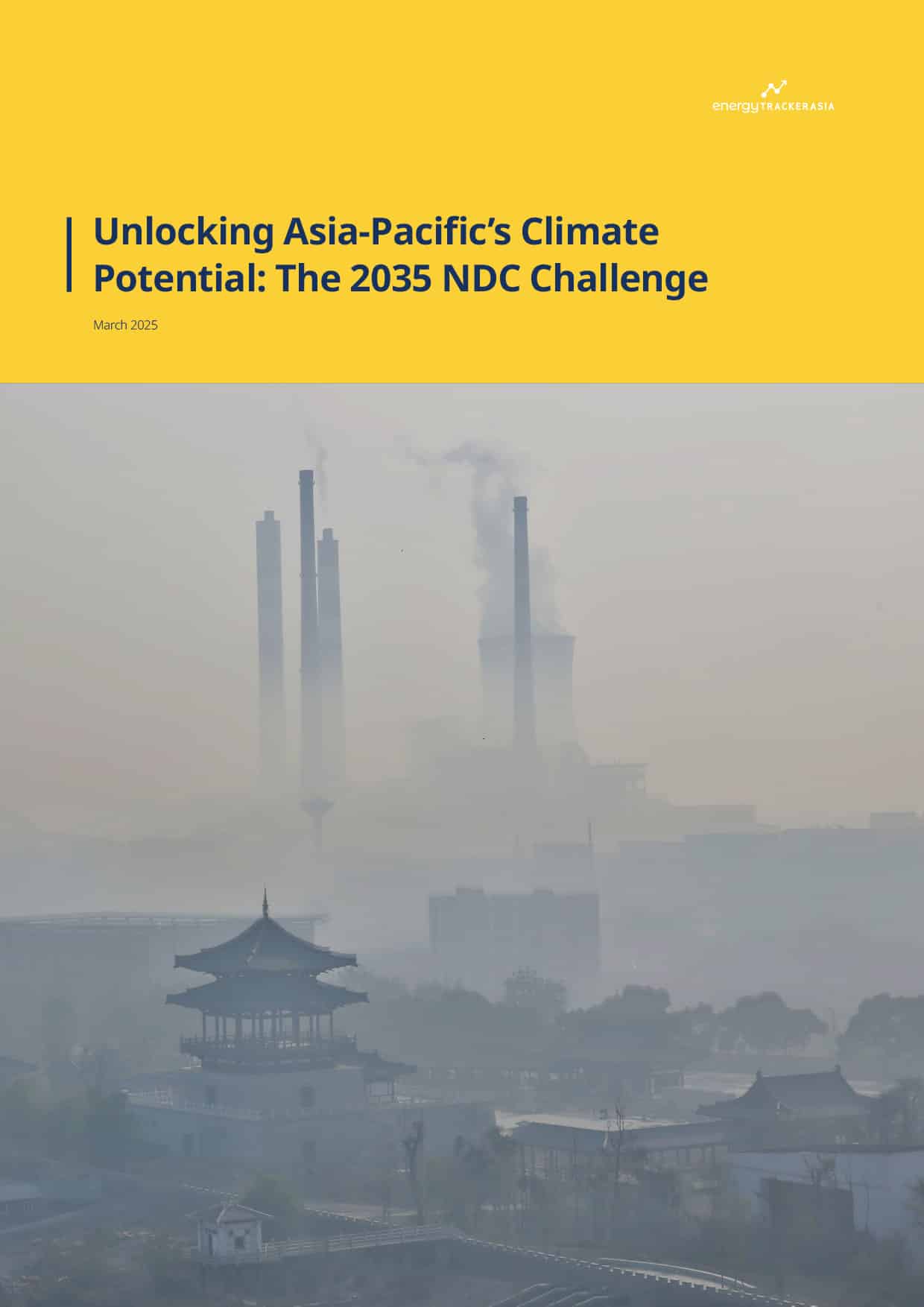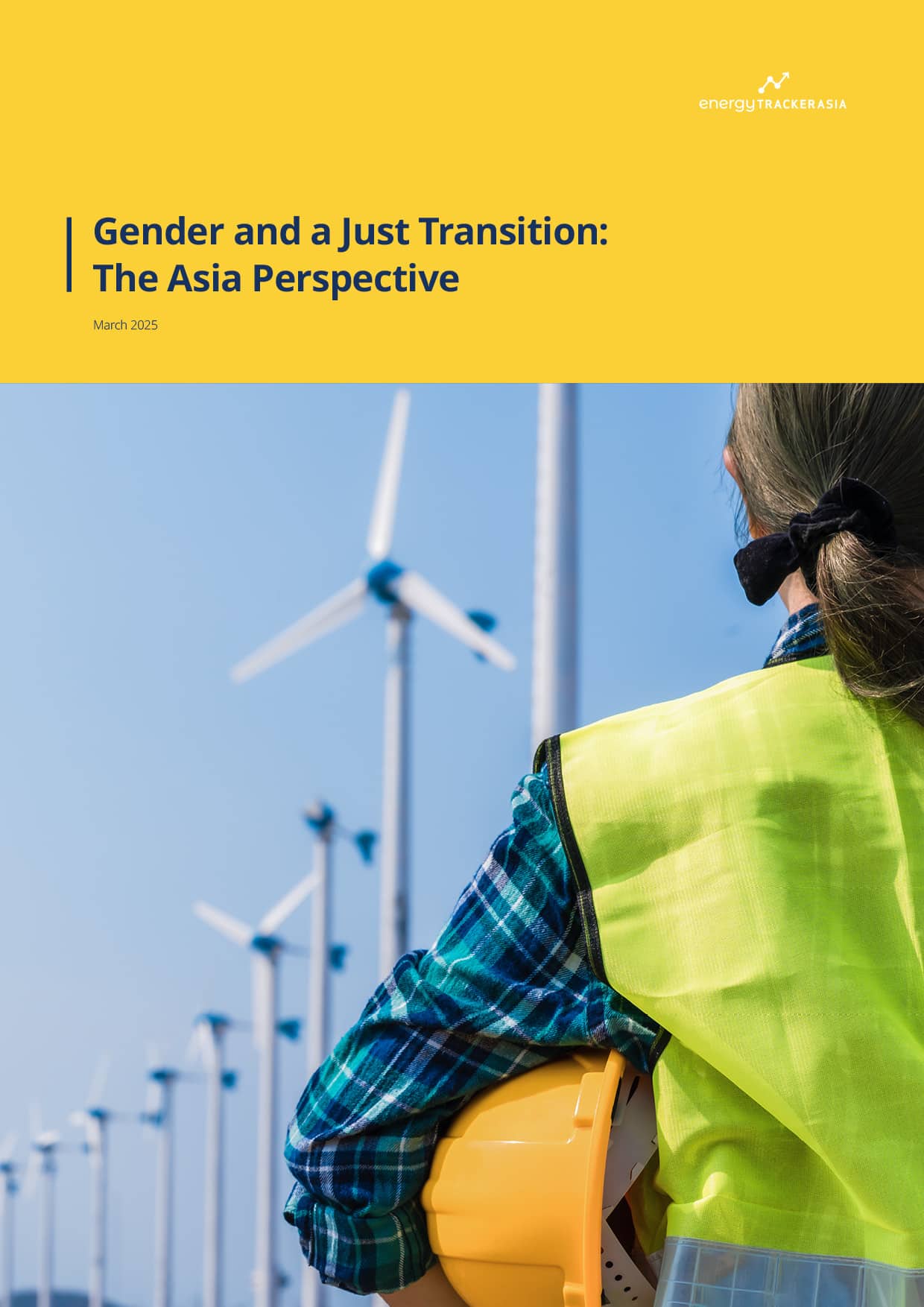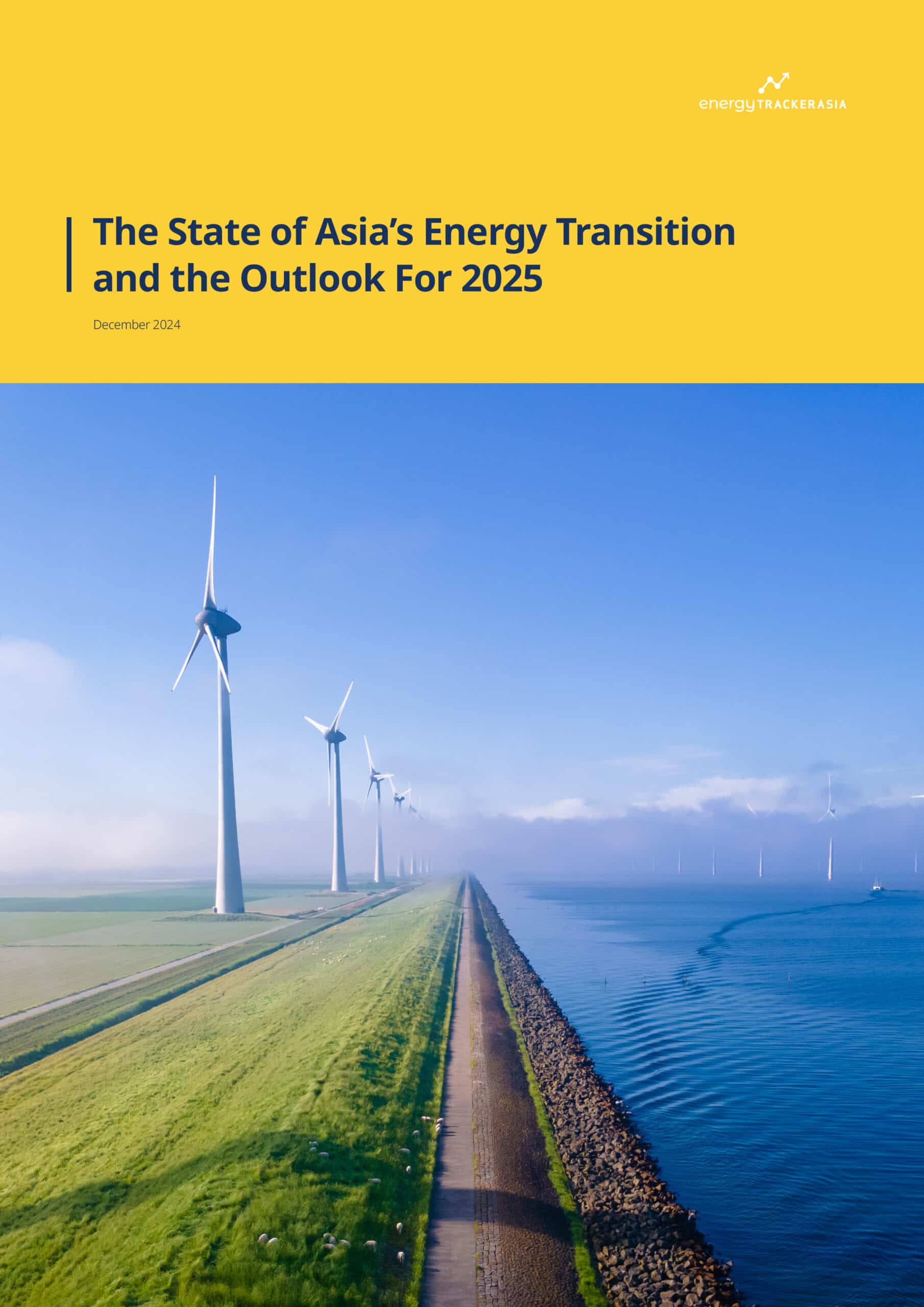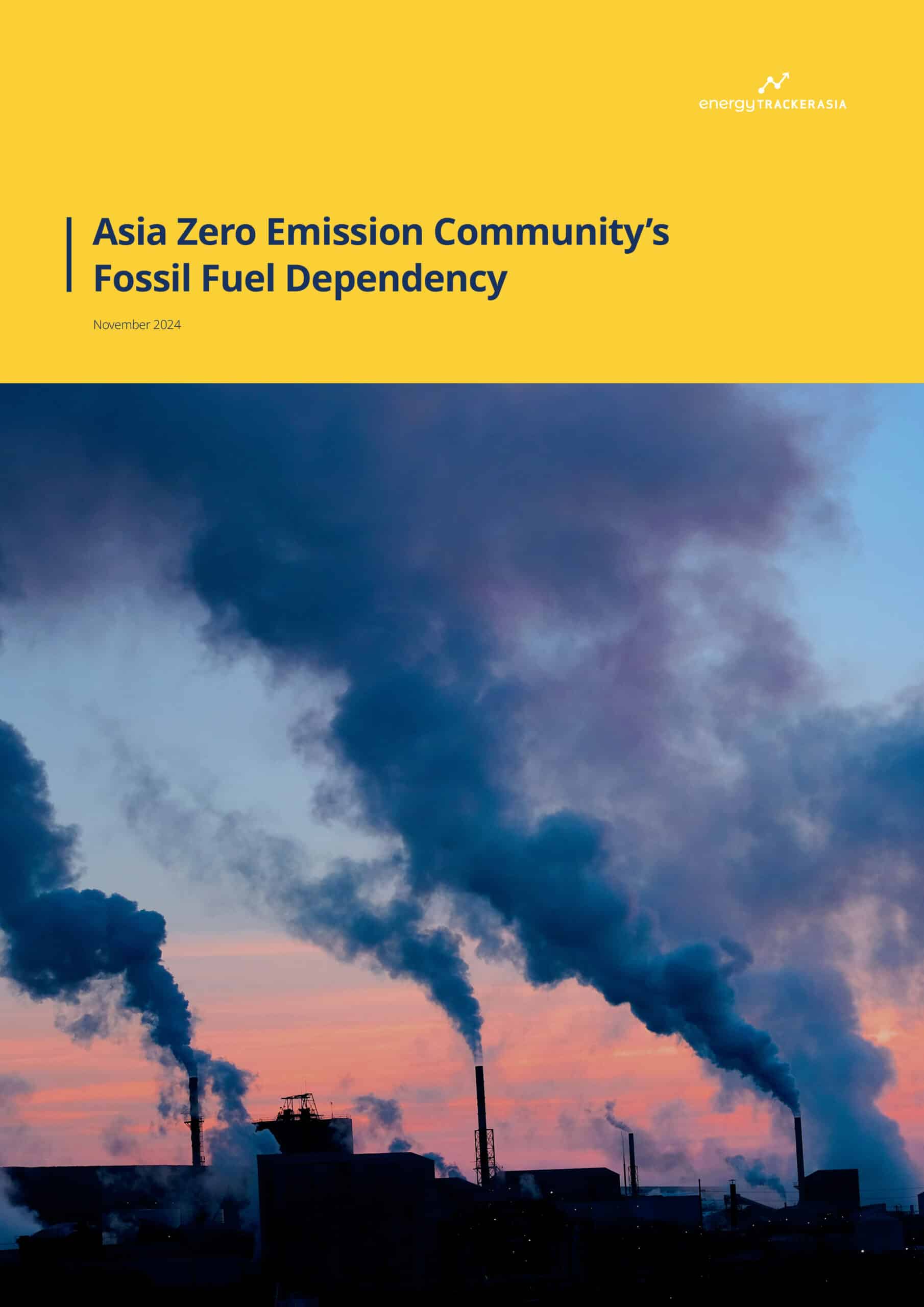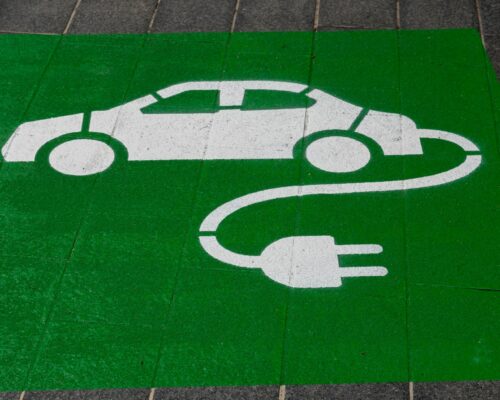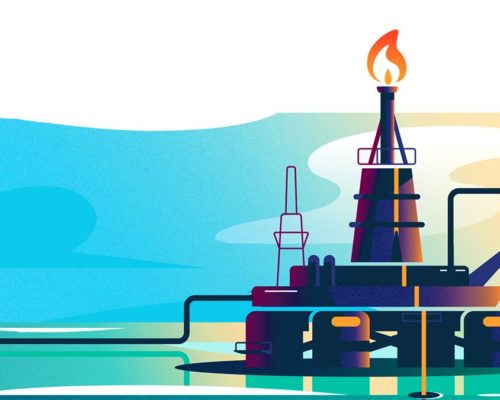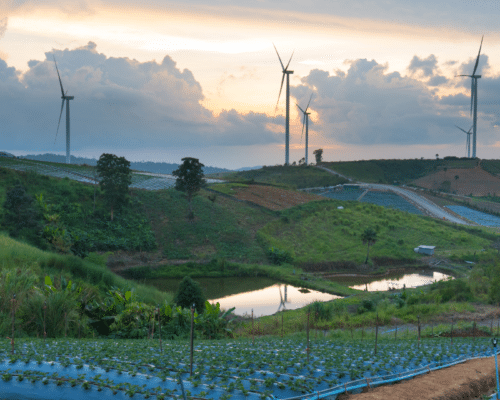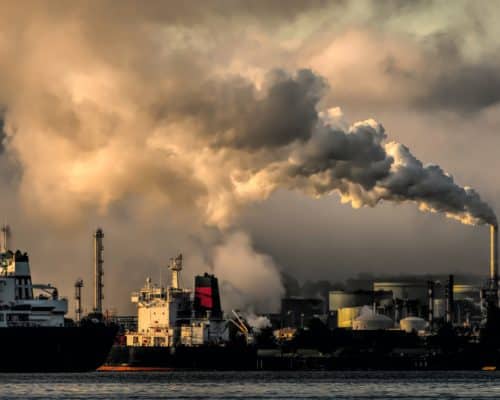LNG Usage in Southeast Asia Should Be Ending, Not Moving Forward, Experts Claim
Photo: Shutterstock / Andromeda stock
16 July 2025 – by Tim Daiss
LNG usage in Southeast Asia has surged in recent years due to rising energy demand. Southeast Asia’s energy security is at a critical juncture, with liquefied natural gas (LNG) being at the main crossroads. This comes as global flashpoints continue, including the Iran-Israel conflict and the more than three-year-old war in Ukraine. These conflicts are intensifying concerns over energy price volatility and disruptions, according to experts at a Global Strategic Communications Council (GSCC) sponsored webinar, “Price Shocks and LNG: Rethinking Southeast Asia’s Energy Plans Amid Global Volatility,” held on July 1.
Does LNG Still Work for Southeast Asia?
Dario Kenner, energy transition researcher at Zero Carbon Analytics (ZCA), discussed whether or not LNG imports can guarantee Southeast Asia’s energy security. His findings were telling. “If all of Southeast Asian LNG import projects in development are completed, it would give a total import capacity of 111 million tonnes per annum [mtpa] and require a total investment of USD 11.8 billion,” he said. That’s a near threefold increase from current capacity.
Problems for the region will escalate if it continues to rely on LNG for energy security, he explained. These hurdles include volatility and price arbitrage. Price arbitrage in LNG markets isn’t anything new. Historically, higher LNG prices in Asia ensured that sellers would prioritise the region over Europe. That dynamic has now changed.
“Asia now has to live with the risk of LNG price volatility and sudden surges in demand from Europe,” Kenner explained. “In recent years, traders have diverted LNG cargoes from Asia towards Europe because they can obtain higher profits, and this trend is likely to continue if European demand for LNG remains high,” he said.
US and Qatari Liquefied Natural Gas Supply Adds More Uncertainty
Kenner added that new supply from top global LNG producers the US and Qatar also adds another layer of uncertainty. Both legacy LNG producers are ramping up even more production capacity. North American LNG export capacity is on track to more than double between 2024 and 2028, from 11.4 billion cubic feet per day just two years ago to 24.4 billion cubic feet per day in 2028 if projects currently under construction begin operations as planned.
Qatar’s LNG production plans are even more resolute. The country aims to increase its output from 77 mtpa to 126 mtpa by 2027, and further to 142 mtpa before 2030. That’s a near 80% increase in capacity.
Shipping Route Disruptions
A possible problem from all of this extra supply could be shipping route disruptions. The more LNG that’s produced and the more that countries rely on the fuel for their respective power sectors, the more vulnerable they become to potential shipping problems. This includes the geopolitically volatile Strait of Hormuz and even the Panama Canal, which experienced severe shipping disruptions costing billions in 2024 due to low water levels. The canal is the shortest route to Asia for US LNG exporters, whose sales to Japan, China, South Korea and India have grown substantially in the last decade.
Trump’s Trade Tariffs
US President Donald Trump’s pressure on several ASEAN members could also keep the region locked into long-term LNG off-take deals for decades. Vietnam and Thailand have already said that they would import more American LNG to offset pending tariff hikes. Japan, South Korea, India, and Taiwan, have followed their lead.
Japanese Boots on the Ground
Christopher Doleman is an LNG and gas specialist for Asia at the Institute for Energy Economics and Financial Analysis (IEEFA) and was also a webinar panellist. The expert sees Japan as a major obstacle for Southeast Asia’s clean energy ambitions. Japan’s continued LNG influence in the region, project financing and infrastructure development continues, seemingly unabated.
“Japan has the [pricing] benchmark for LNG in the region and it gets boots on the ground to influence energy policy,” Doleman said. The country’s gas utilities, including Tokyo Gas, Osaka Gas, Chubu Electric and JERA (a joint venture between two major Japanese power companies, and also a major LNG trader) are still keen to promote their LNG strategies because they have surplus supply and remain overcontracted with producers. As such, there’s still pressure for the country to maintain a dominant role across global LNG supply chains.
Competing Interests
Japan promotes a plethora of false climate change solutions. It also maintains a public relations narrative that it supports clean energy and encourages moving away from fossil fuel usage. Nothing could be further from the truth. A recent DW report put it succinctly. It said that Japan led the G7 summit in 2022 calling for a halt in fossil fuel funding even though it’s a global leader in funding natural gas projects. Notably, Japanese public financial institutions provided USD 93 billion worth of investments in oil and gas projects from 2013 to 2024. Its overseas LNG financing was more than half of that amount, at USD 56 billion.
Webinar panellist Indra Overland, a research professor and head of the Centre for Energy Research at the Norwegian Institute of International Affairs (NUPI), offered an even more direct take. “LNG doesn’t have much lower emissions than coal, so that’s context,” he said. “But at the same time, natural gas is still cast very loudly as a transition fuel. However, many parts of the world have moved away from this discourse, while some Southeast Asian countries say they need more LNG because it will cut emissions. This is a false narrative because a large part of those LNG emissions take place outside of importing countries.”
Energy Security and LNG: Policy Level Change Needed
Conclusively, LNG is not the ideal transition fuel, while all of the capital being spent on LNG projects, supply deals and infrastructure should instead be allocated for renewable power sources, particularly solar and wind power. Energy economics prove that LNG’s day in the global energy spotlight should come to an end. Renewable energy projects have been less expensive to build than their fossil fuel counterparts for years.
Since these findings are seemingly being ignored by the gas sector, what’s the solution? Change has to come at the policy level, particularly in the US, the world’s top LNG exporter, and Japan, the world’s top LNG importer. New legislation in the US could come in less than two years if Trump’s Republican House majority is lost to the Democrats in mid-term elections in November 2026. In Japan, the slope is trickier. New legislation would take even more political determination.
On the other end of the equation, it’s up to individual Southeast Asian countries to forge their own energy sustainability future, away from vested LNG and fossil fuels influence. That too will take more political self-will than these countries have shown so far.
by Tim Daiss
Tim has been working in energy markets in the Asia-Pacific region for more than ten years. He was trained as an LNG and oil markets analyst and writer then switched to working in sustainable energy, including solar and wind power project financing and due diligence. He’s performed regulatory, geopolitical and market due diligence for energy projects in Vietnam, Thailand and Indonesia. He’s also worked as a consultant/advisor for US, UK and Singapore-based energy consultancies including Wood Mackenzie, Enerdata, S&P Global, KBR, Critical Resource, and others. He is the Chief Marketing Officer (CMO) for US-based lithium-sulfur EV battery start-up Bemp Research Corp.
Read more